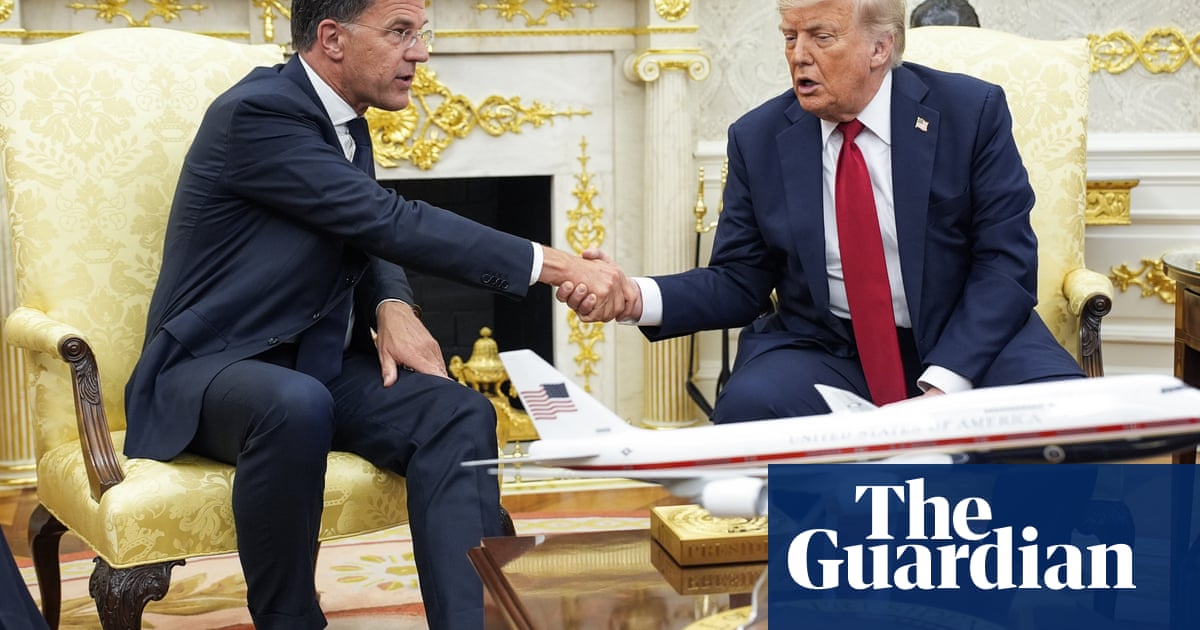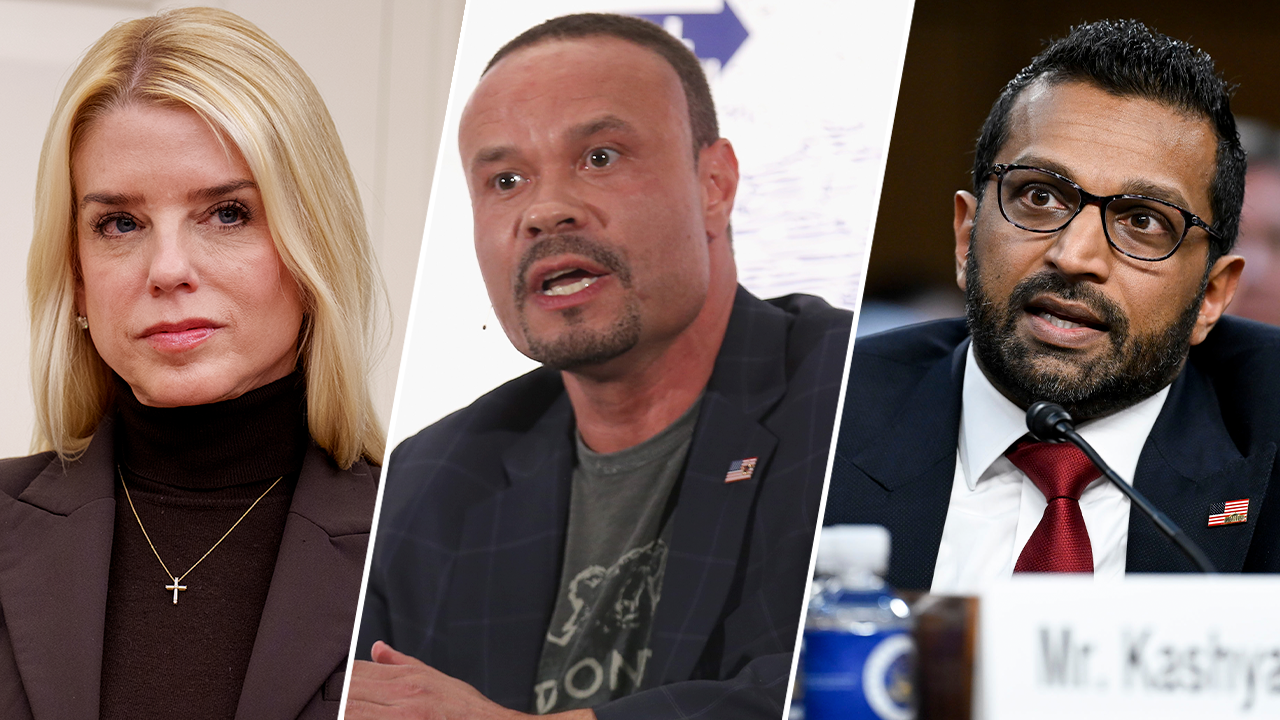LAS VEGAS (KTNV) — Nevada residents won’t be receiving devices that allow semi-automatic rifles to fire at the rate of a fully automatic machine gun, thanks to a settlement worked out by the state’s lawyers.
But hundreds of other people across the country are eligible to receive so-called force reset triggers, under a lawsuit negotiated by the U.S. government and firearms manufacturers.
The move comes after an executive order from President Donald Trump prompted a review of the government’s regulation of firearms in general, and a reversal of the government’s position in two key cases.
Meanwhile, a lawsuit filed by 16 states, including Nevada, seeks to ban forced reset triggers using the reasoning the federal government formerly employed in its own legal actions.
“Especially coming from a state like Nevada, where we’ve experienced a mass shooting, we don’t want these forms of devices, predominantly because it’s against our law”, said Attorney General Aaron Ford. “But secondly, we have personal experience on these, what happens when these types of things are placed into the wrong hands.”
Fully automatic fire
A semi-automatic rifle, such as the Armalite Rifle 15, or AR-15, fires a single round every time the trigger is pressed. The trigger must be released for a new round to be inserted into the chamber.
But a forced reset trigger — sometimes called FRT — allows a weapon to fire rounds as long as the trigger is held down, similar to the operation of a military-style M4 or M16 rifle. In fully automatic mode, the weapon will continue firing until its magazine is empty.
The forced reset trigger is installed internally, and it may not be readily apparent to an observer that the weapon has been modified.
Fully automatic weapons are generally prohibited to civilians, as are devices that allow semi-automatic weapons to fire at fully automatic rates, under the National Firearms Act of 1934, the Gun Control Act of 1968 and the Firearm Owners Protection Act of 1986.
Banned in Nevada
After the deadly 1 October shooting in 2017, the Nevada Legislature banned so-called bump stocks, which are devices affixed externally to a rifle’s stock that use the recoil of the rifle to achieve continuous fire.
The perpetrator of 1 October used rifles equipped with bump stocks to rain gunfire on a crowd at the Route 91 Harvest music festival on the Las Vegas Strip.
Under Nevada law, passed in 2019, it’s illegal to import, sell or possess any device that “…materially increases the rate of fire of the semi-automatic firearm or approximates the action or rate of fire of a machine gun.”
That language applies equally to bump stocks as well as forced reset triggers.
And the Bureau of Alcohol, Firearms and Tobacco formerly took the view that forced reset triggers were devices that turned semi-automatic rifles into illegal machine guns. Starting in 1975, the ATF classified devices similar to forced reset triggers as machine gun devices.
Changing stances
As of last summer, the ATF had taken possession of at least 11,884 forced reset trigger devices under its regulations and brought legal actions against their manufacturers.
In August 2023, however, gun rights groups and trigger makers sued the ATF, challenging the rules classifying the triggers as machine gun devices. A Texas federal judge agreed with the plaintiffs and ordered the AFT to stop enforcing its regulations and to return forced reset triggers to their previous owners, even in states where the law prohibited them, such as Nevada.
The government eventually said it would return the devices, but only in places where they were legal, an approach the gun makers objected to, saying the federal government could not be trusted with interpreting state laws.
On February 7, however, President Trump issued an executive order to protect Second Amendment rights, prompting a Justice Department review of all gun regulations. The AFT subsequently withdrew its lawsuits against the trigger makers and agreed to return all triggers previously seized from owners.
But lawyers representing Nevada and other states secured an agreement: no triggers would be returned to states where the law bans them. Ford said the deal would protect the state, at least temporarily, but that loopholes persist.
“We have said that they will not be shipped to Nevada,” said Ford. “But our borders are porous, intrastate borders are porous, to be sure. So a gun that’s delivered to Utah, or an FRT that’s delivered to Utah may very well find its way across the border into Mesquite or something. At the end of the day, these are very real issues that we have to address.”
Ford said he would make enforcement of gun laws — including possession or use of forced reset triggers — a priority for his office.
“It’s one of the highest levels of priority, because I’ve always supported common-sense gun safety measures that are going to keep the public safe, and that’s what this is about.”
That’s why Nevada is continuing as a plaintiff in the case State of New Jersey v. Bondi, which asks a court to find that the ATF’s old viewpoint — that forced reset triggers create machine guns out of regular semi-automatic rifles — is the law, and thus ban them nationwide.

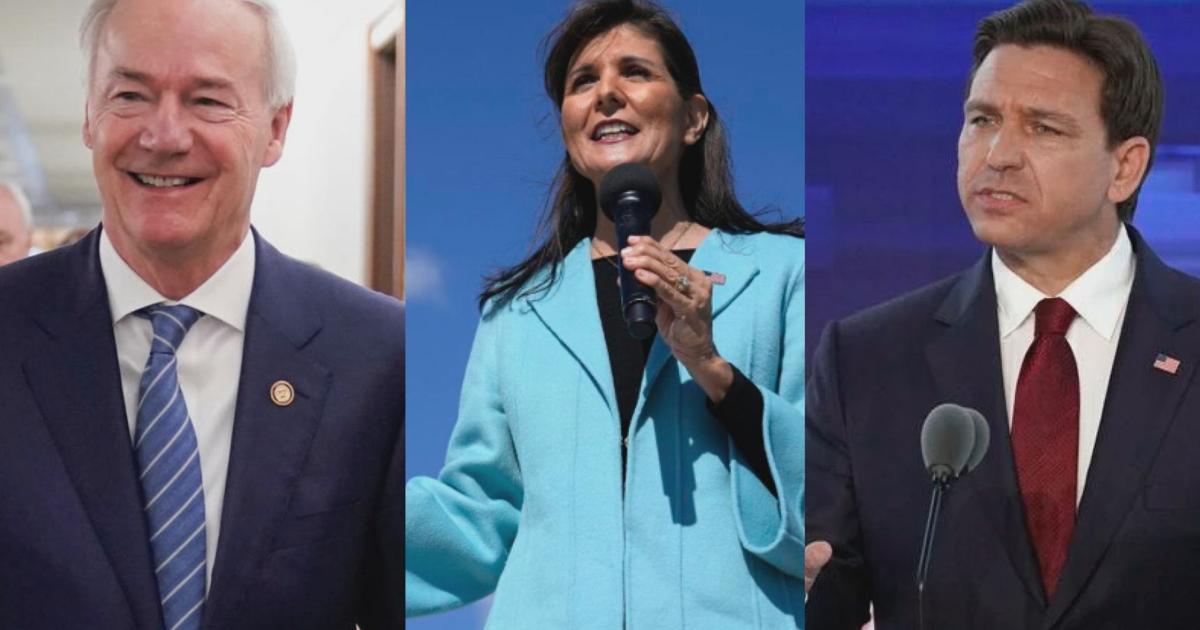










 ‘;
‘;

 ‘;
‘;



 ‘;
‘;
 ‘;
‘;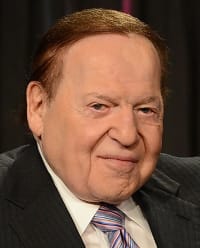
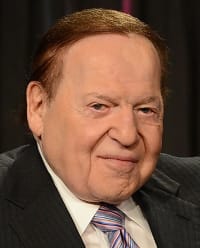 ‘;
‘;
 ‘;
‘;










